10 Things Americans Love That Could Soon Disappear Forever
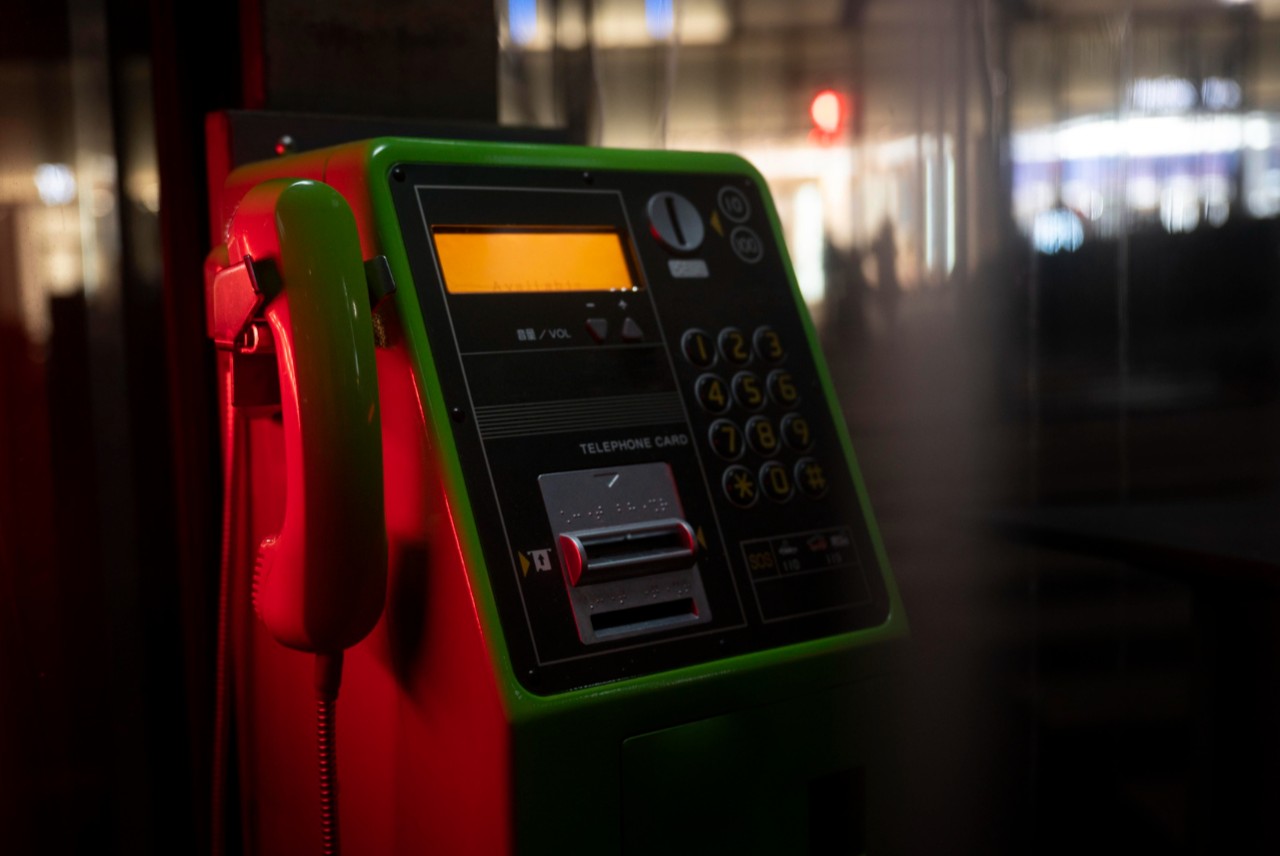
America is a country rich in traditions, innovations, and unique habits. Over the years, certain things have become iconic in the American lifestyle, but not all of them are guaranteed to last. From beloved foods to everyday conveniences, here are 10 things Americans love that could soon disappear forever. If you’ve grown fond of these, it’s time to act fast, as they may be on the brink of vanishing due to shifting trends, technological advancements, and changing societal norms.
1. Traditional Shopping Malls
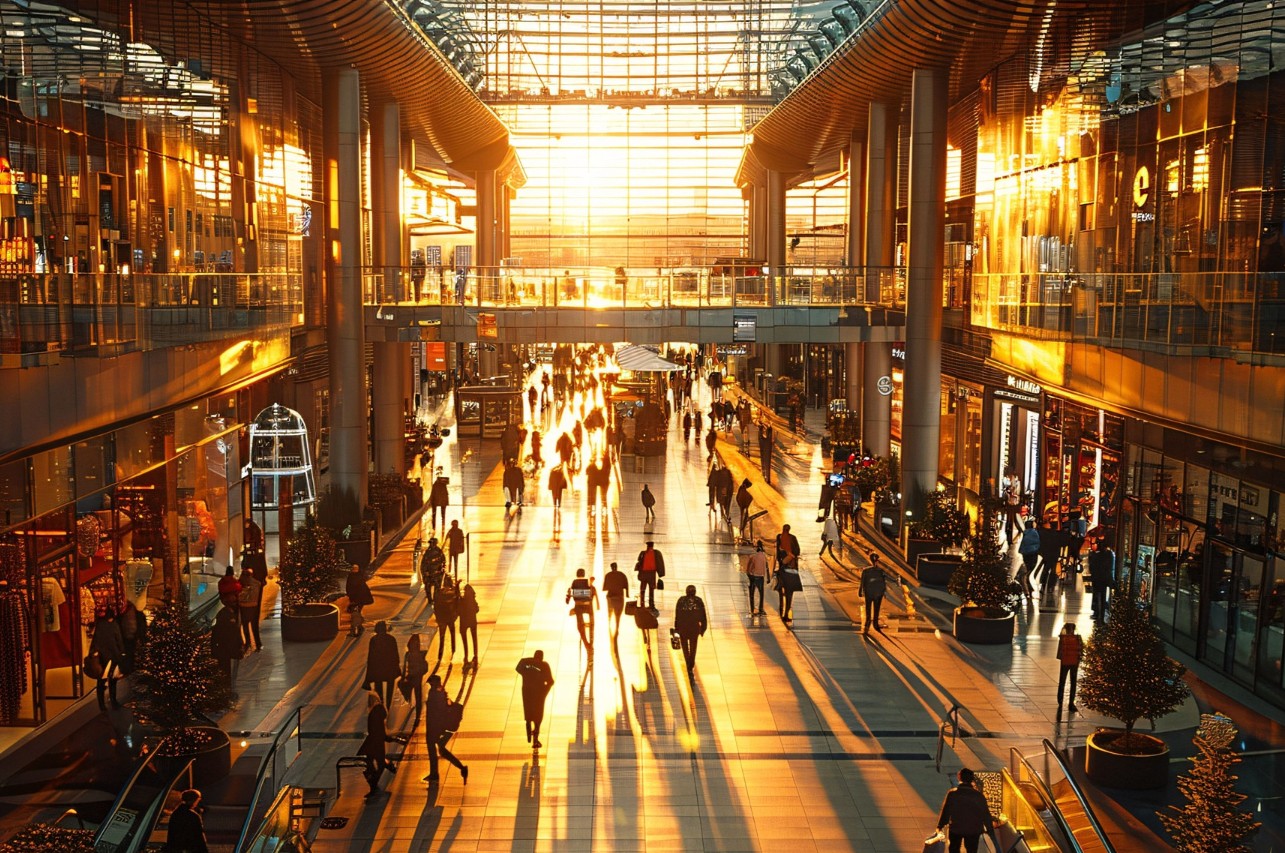
Once the heart of American retail, shopping malls have seen a significant decline in recent years. The rise of e-commerce giants like Amazon and the increasing popularity of online shopping have left malls struggling to stay afloat. Many iconic shopping centers are closing down or being repurposed for other uses, such as housing or entertainment complexes. The convenience of shopping from home, combined with the rise of online brands, has made physical malls a thing of the past for many Americans.
2. Paper Checks

In the age of digital payments, paper checks are quickly becoming obsolete. While some people still use checks for certain payments, the younger generation is opting for quicker, more efficient digital methods like direct transfers, apps, and credit cards. Banks are phasing out check-related services, and businesses are increasingly refusing to accept them. The rise of mobile banking and peer-to-peer payment services like Venmo and Zelle has made paper checks almost unnecessary.
3. Landline Phones
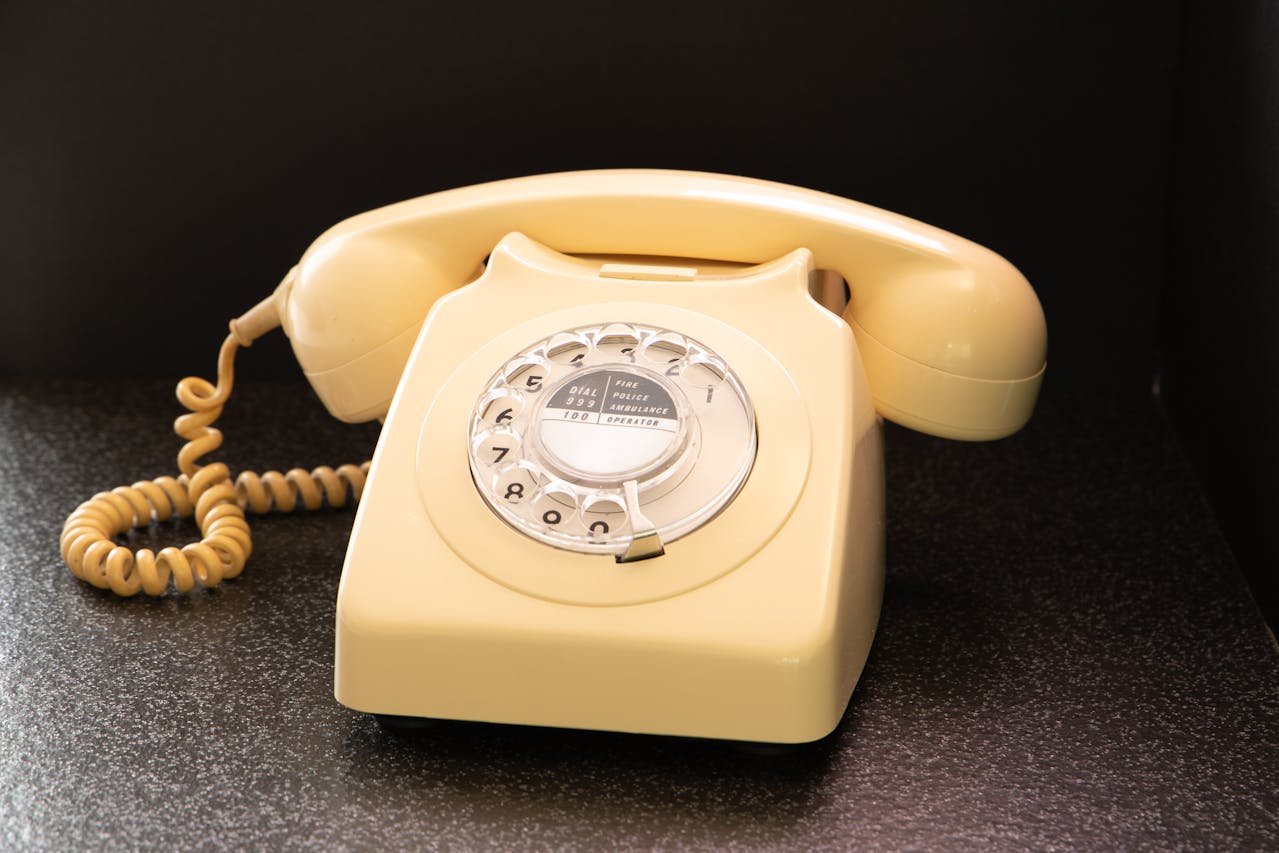
Landline phones, once the cornerstone of home communication, are now on the verge of extinction. With the widespread adoption of smartphones, fewer people are keeping traditional landlines in their homes. The convenience and versatility of mobile phones, combined with the decline in landline infrastructure, make it unlikely that this old-fashioned communication method will survive much longer. Even older generations are opting for mobile phones, leaving landlines as a relic of the past.
4. DVD and Blu-ray Discs
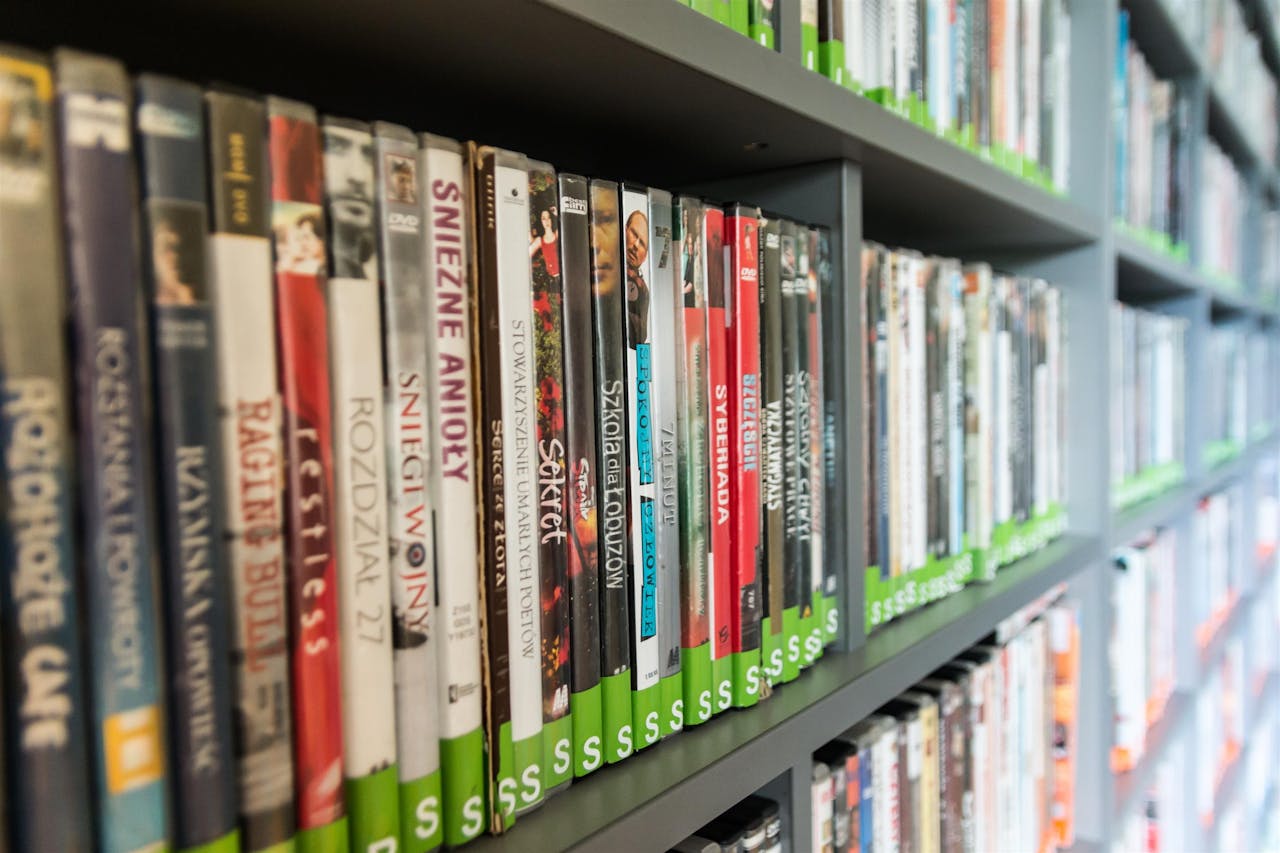
The days of collecting physical copies of movies and TV shows are fading fast. With the rise of streaming platforms like Netflix, Hulu, and Disney+, physical media such as DVDs and Blu-ray discs are becoming increasingly irrelevant. Consumers now prefer the convenience of instant streaming, which offers a vast library of content without the need for physical storage. As streaming services continue to dominate, DVD and Blu-ray sales are plummeting, and it’s likely that these discs will soon be collector’s items rather than household staples.
5. Cable Television
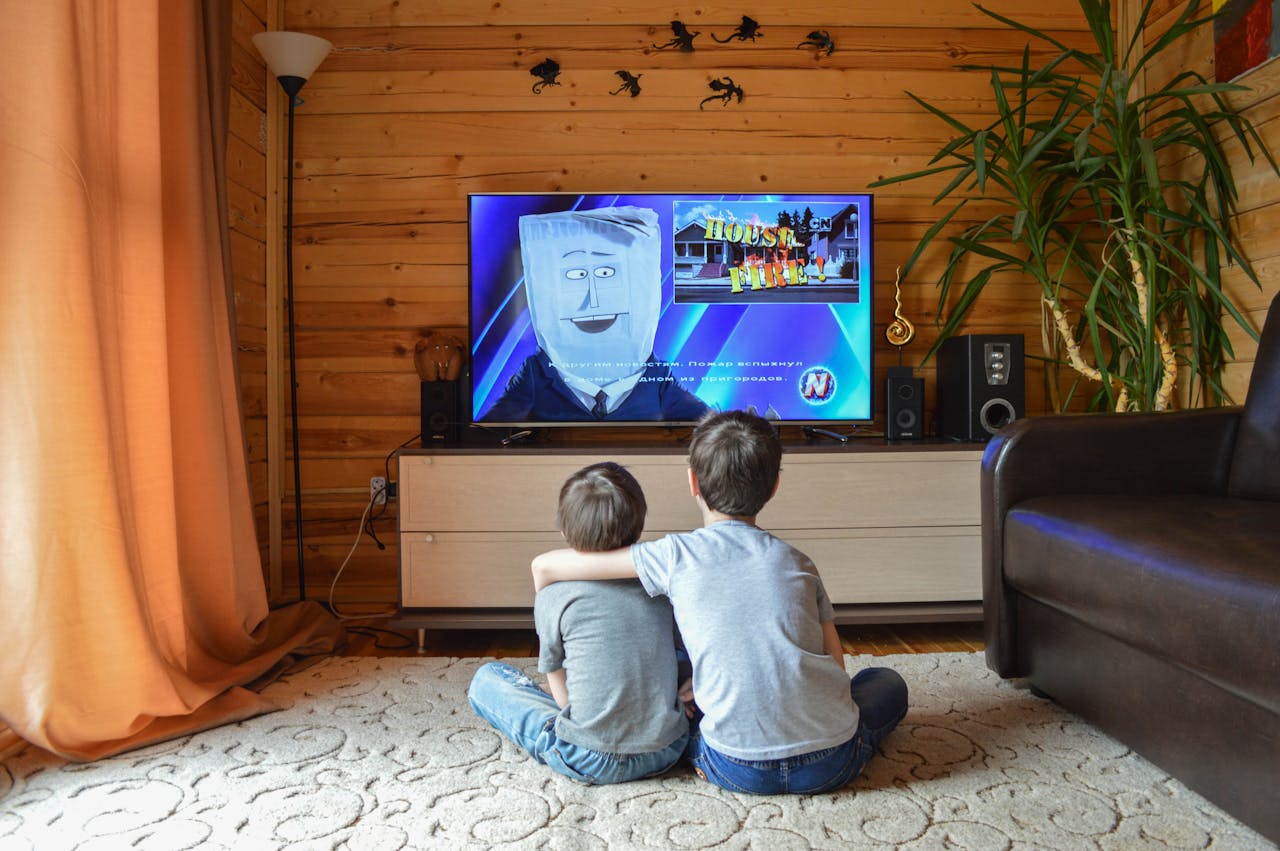
Cable TV, once the go-to source for entertainment, is losing ground to streaming services and digital platforms. As more Americans cut the cord in favor of affordable and flexible streaming options, traditional cable providers are seeing a decline in subscribers. Services like Hulu, YouTube TV, and Sling TV offer viewers the same content with fewer restrictions and lower costs. The shift to on-demand, commercial-free streaming is making cable TV a thing of the past, especially for younger generations who prefer to watch content on their own terms.
6. Single-Use Plastic Straws

In recent years, there has been a growing movement to eliminate single-use plastics, and plastic straws are one of the most commonly targeted items. Many cities and states have already banned plastic straws, and several major fast-food chains and coffee shops have replaced them with paper or reusable alternatives. Environmental concerns and the growing awareness of plastic pollution have driven this change, and it’s likely that plastic straws will soon be completely phased out in favor of more sustainable options.
7. Fast Food Drive-Thru Windows

The fast-food drive-thru has long been a convenient way for Americans to grab a quick meal, but this once-popular feature may soon be a thing of the past. With the rise of food delivery apps and the growing trend of contactless payment, more and more consumers are opting for home delivery rather than visiting drive-thru lanes. Additionally, some fast-food chains are experimenting with automation, using kiosks and robots to take orders and prepare food, reducing the need for traditional drive-thru windows. As these trends continue, the drive-thru experience may eventually disappear.
8. Home Landline Internet

While many households once relied on landline internet connections for online access, high-speed broadband and fiber-optic internet have made these outdated systems almost obsolete. The transition to wireless internet, including 5G technology, has made it easier for people to access the internet without relying on physical landlines. Many internet providers are already phasing out their landline services, and as more Americans embrace wireless technology, the days of home landline internet may soon be over.
9. Paper Maps

In the past, paper maps were essential for navigation, whether on road trips or in unfamiliar cities. However, with the advent of GPS and smartphone navigation apps like Google Maps, paper maps are no longer necessary. The convenience of real-time traffic updates, turn-by-turn directions, and the ability to reroute instantly has made paper maps nearly obsolete. While some people still enjoy using them for nostalgic reasons or in emergency situations, digital navigation has become the norm for most Americans.
10. Public Payphones
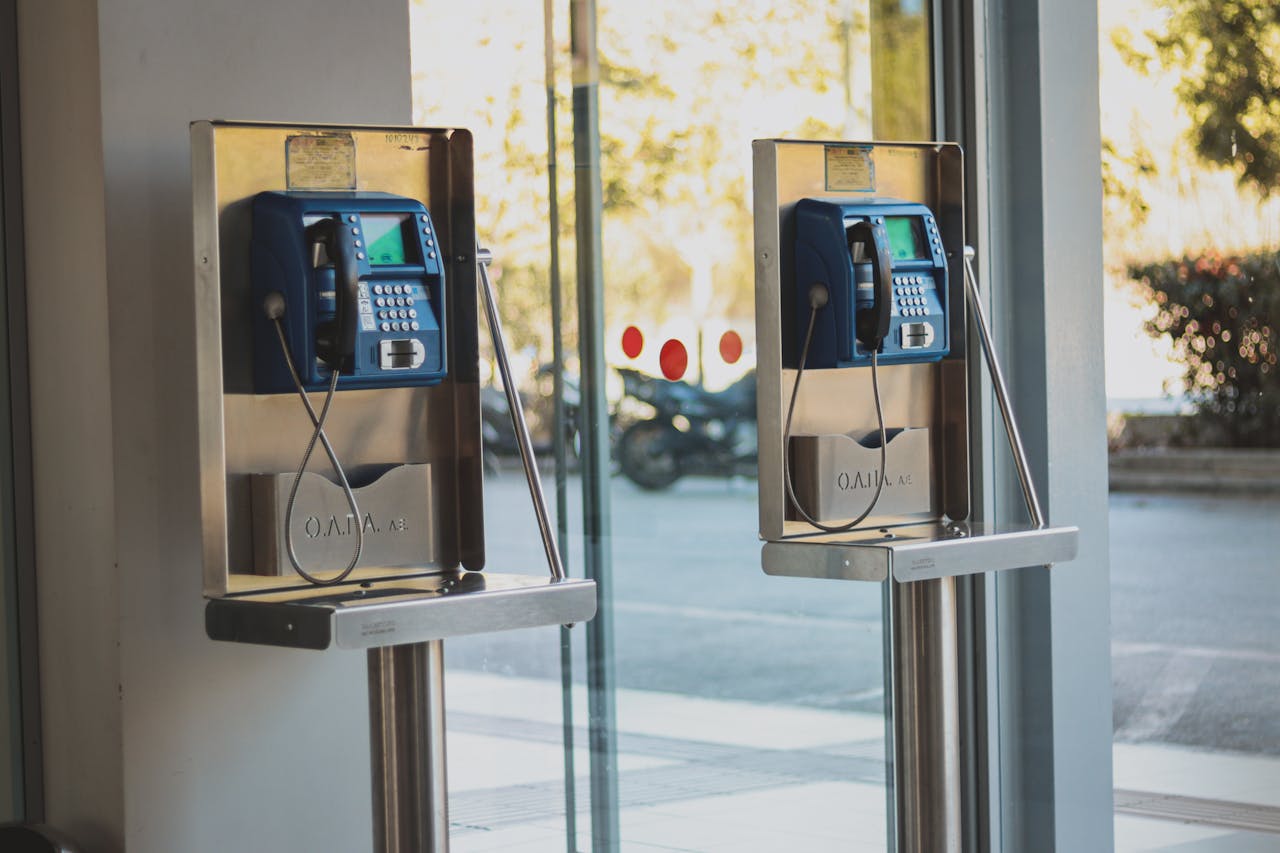
Once a ubiquitous feature in cities and towns across the country, public payphones are disappearing rapidly. The rise of mobile phones has made payphones redundant, as people now carry their own communication devices wherever they go. Many payphone booths have been removed or repurposed for other uses, and the few that remain are often in disrepair. The decline of payphones is a clear sign of how mobile technology has reshaped communication in the modern world, leaving these public fixtures a distant memory.
Final Thoughts

While some of these items may seem like staples of American life, the rapid pace of technological advancements, societal changes, and environmental concerns means that many of them could soon disappear forever. Whether it’s the decline of shopping malls or the end of single-use plastics, these shifts reflect how the American landscape is evolving. As we embrace new technologies and lifestyles, we must also acknowledge the things we might be leaving behind. Keep an eye on these trends, and be prepared for the changes that are coming!
Leave a Reply